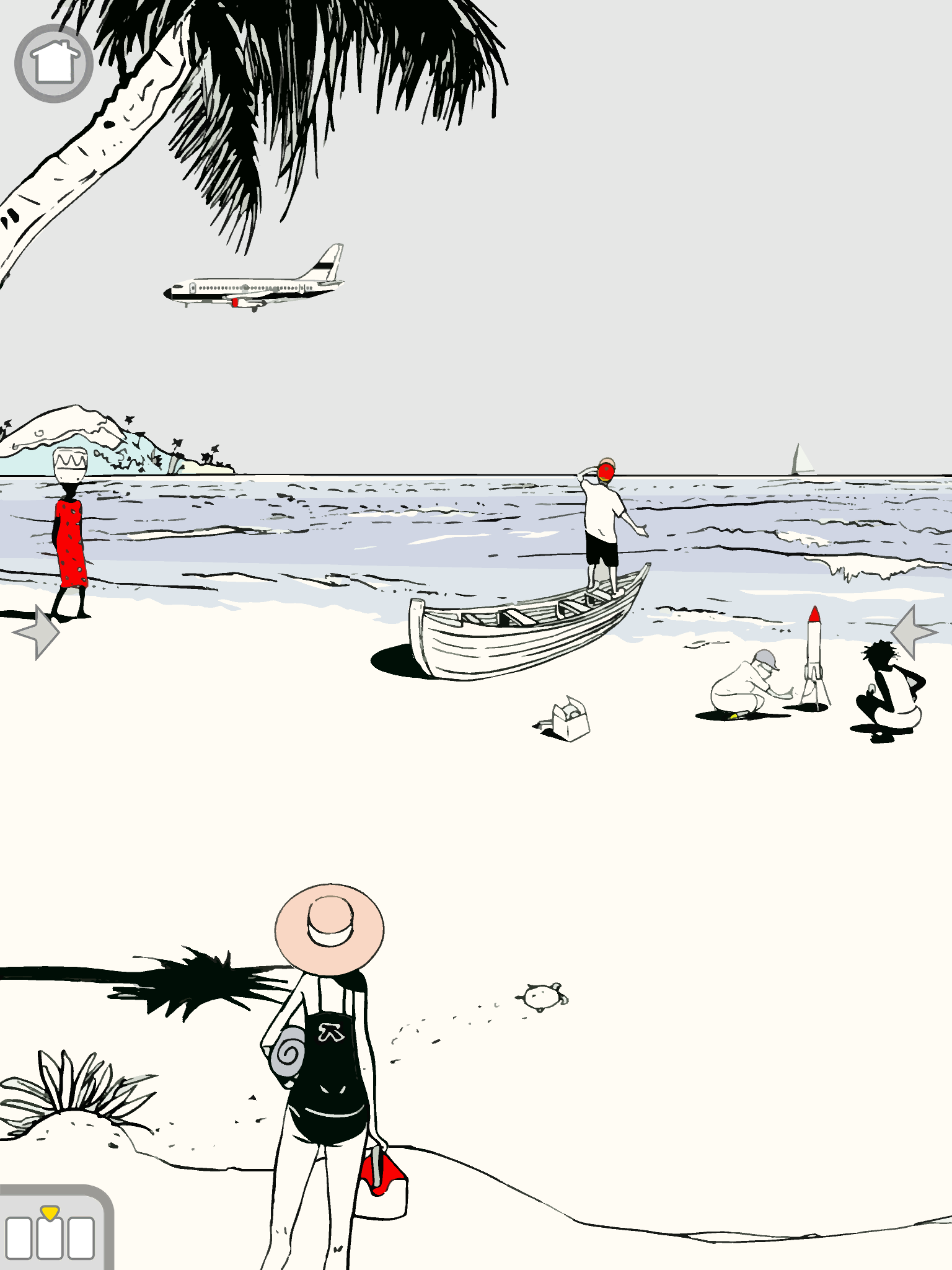These days, 3D printers are all the craze. But when it comes to innovative drawing and design, we may have skipped a few steps. We jumped from basic, two-dimensional sketches to impressive physical models. Something is missing in between: drawing in 3D.
Imagine sketching a drawing of some sort — say a building. Now imagine you can move that building around in completely different dimensions. This additional creative step is exactly what Yale professor of computer science Julie Dorsey has accomplished through her software spinout company Mental Canvas. With funding from the National Science Foundation, Dorsey is developing software that adds a third dimension to drawing. Her work is aimed at filling a gap in the world of design, and has far-reaching applications for researchers, engineers, architects, artists, designers — the list goes on.
Dorsey described how her software platform could add both efficiency and creativity to design projects. “You’re drawing on a series of transparent sheets. The basic building blocks are drawings on canvases, so you can reposition your drawing in space and continue to draw,” she said. “Parts can be very incomplete, just like sketches are, but you get a sense of movement so you could show someone what a house might look like without having a 3D model.”
With such software, engineers and designers would have new ways of bringing their ideas to life and sharing ideas easily with others. The platform redefines what it means to look at a picture from a different angle. You can quite literally move an image around to see the other side.
This August, Mental Canvas released its first app, “The Other Side in 3D.” This program is a reimagined version of Istvan Banyai’s children’s book, “The Other Side,” which features various pictures and shows them from different perspectives. A perfect way to showcase new capabilities, the app allows the reader to zoom in on pages and weave around the children to see them from original perspectives. This software brings the technology of design and sketch to a new level.
Filmmakers and architects today are restricted to imagining their products first on a flat screen before bringing them to life. Further development of Dorsey’s software would grant new ways to make storyboards or create blueprints.
“Almost every person I show this to has a new idea, from fashion design to movie production to gaming to scientific discovery,” Dorsey said, emphasizing that this software could have even more applications that no one has yet considered.
Mental Canvas seeks to build a bridge between 2D draw-and-paint systems like AutoDesk and 3D computer-aided modeling systems like MakerBot Studio. This gap in computer software creates an equally large hole in the design world, but Mental Canvas could usher in a new wave of artistic ingenuity.
Cover Image: Dorsey’s 3D drawing software allows users to make complex sketches as well as playful pictures. Once draw, the artist can zoom in, under, and around the picture to add new details from a whole different dimension. Image courtesy of Julie Dorsey.

